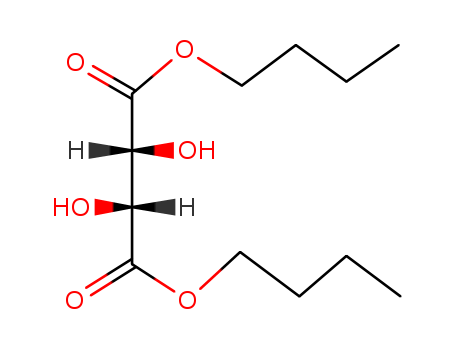10.1039/c2cc32823b
The research aimed to develop an enantioselective metallo-organocatalyzed method for the preparation of cyclopentanes that incorporate an all-carbon quaternary stereocenter, a significant challenge in organic chemistry due to the steric repulsion between the four carbon substituents. The researchers employed a cooperative catalytic strategy that combined aminocatalysis with a chiral copper(I) complex, leading to the enantio-enriched formation of cyclopentanes. Key chemicals used in this process included formyl-alkynes, chiral phosphorus ligands (A–F), copper(II) trifluoromethanesulfonate, cyclohexylamine, and various substrates such as gem-dimethylmalonate, gem-dimethoxymethyl, and gem-dibenzyloxymethyl groups. The study concluded that the cooperative enamine catalysis and copper(I)-4-MeO-3,5-(t-Bu)2-MeO-BIPHEP activation of alkynes resulted in enantioenriched cyclopentane carbaldehydes with moderate to excellent enantioselectivities, demonstrating the efficiency of this novel metallo-organocatalytic approach for constructing all-carbon quaternary stereogenic centers.
10.1039/c0dt00661k
The study investigates the C–H activation of cyclic alkanes by the rhodium complexes Cp'Rh(CO)? (Cp' = η?-C?H? or η?-C?Me?) using fast time-resolved infrared spectroscopy and density functional theory (DFT) calculations. The research explores how the rate of oxidative cleavage varies among different complexes and alkanes, specifically focusing on cyclopentane, cyclohexane, and neopentane. Unlike linear alkanes, where activation occurs at primary C–H bonds with rate dependence on chain hopping, cyclic alkanes exhibit activation controlled mainly by alkane binding strength. The study highlights that steric hindrance slows down the activation of neopentane compared to cyclic alkanes. The findings contribute to understanding transition metal-mediated C–H bond activation, a crucial step for applications like alkane functionalization and catalytic transformations.





